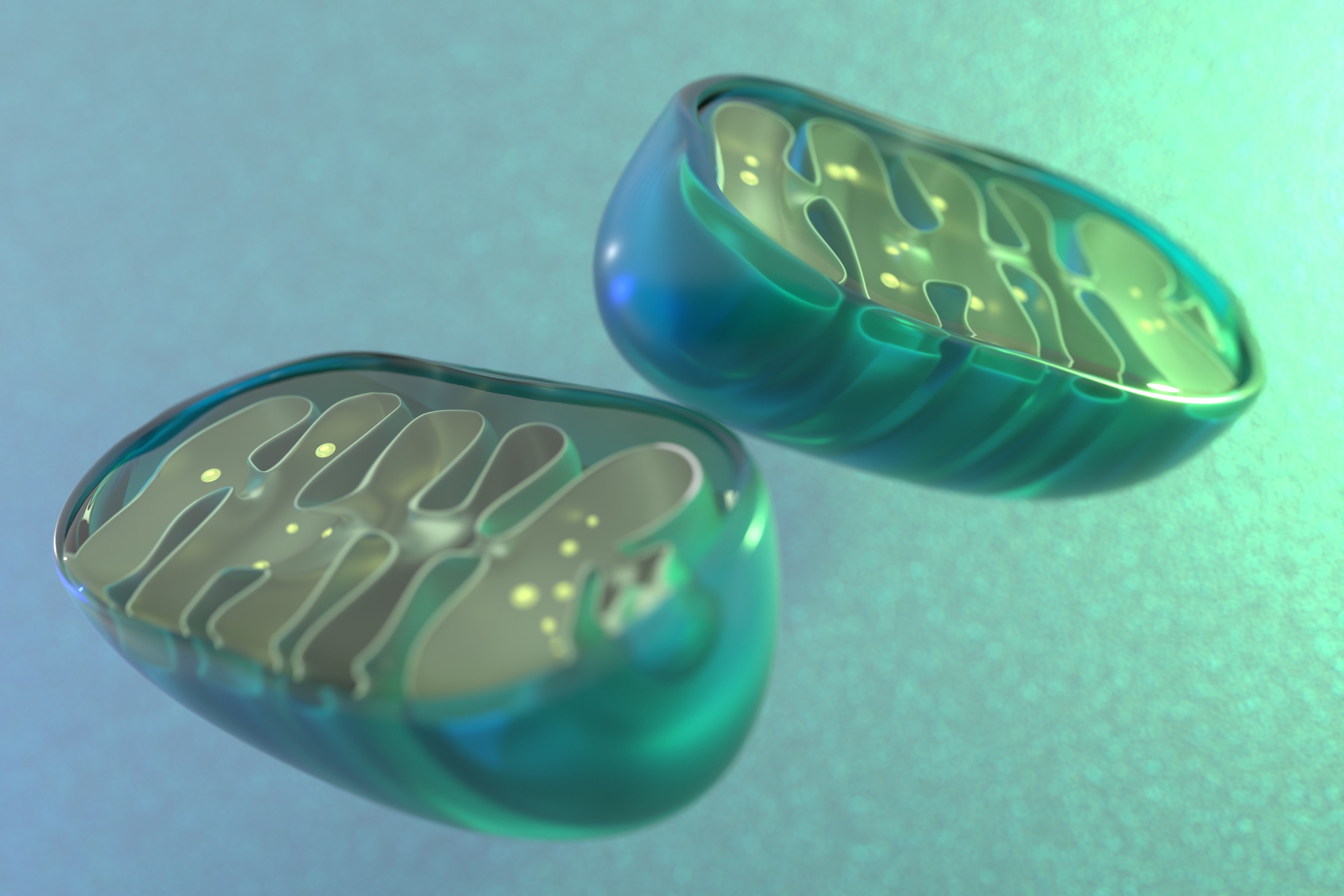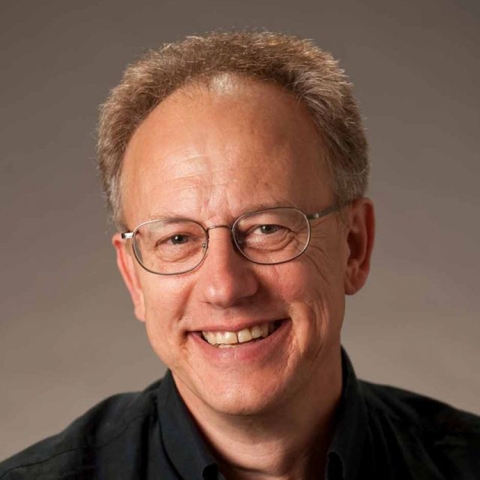
Zen and the art of mitochondrial maintenance: The machinery of death makes a healthier life
While we all aspire for a long lifespan, what is most coveted is a long period of vigor and health, or “healthspan,” that precedes the inevitable decline of advancing age. Researchers at UC Santa Barbara have discovered that instruments of death that cells use to commit suicide when things go wrong contribute to making a longer and healthier life by revitalizing the specialized cellular compartments called mitochondria.
Mitochondria generate the energy for all of our activities, from movement to thought. These power plants inside our cells descended from what were once free-living bacteria.
“We are a sort of hybrid creature that arose from two independent evolutionary lineages: mitochondria, which were once bacteria, and the rest of the cell surrounding them,” notes Joel Rothman, a professor of molecular biology whose lab conducted the research.
This dual evolutionary origin means that our DNA resides in two separate compartments in each of our cells: the nucleus, where most of our genome is located, and the mitochondria with their own DNA, as a remnant of their bacterial provenance.
“As we age, damage to the DNA in these cellular power houses accumulates, contributing to age-related decline,” notes Rothman. “Our discovery reveals a way that defective mitochondria are removed, resulting in rejuvenation of cells.”
The research, published in the journal eLife, shows that the biological machinery that functions as a “kill switch” for cells that are potentially harmful, for example those becoming cancerous, also eliminate the defective DNAs of mitochondria.
“There is a yin and yang to mitochondria,” said Pradeep Joshi, a senior scientist and co-author on the publication. “They produce the energy that sustains life. But with every breath, mitochondria also produce reactive oxygen species, harmful molecules that damage DNA and other parts of our cells.”
Thus, the longer we live, the more damage that occurs. This damage diminishes energy production by mitochondria, with negative consequences for our healthspan. As the heart, muscles, and brain demand the most from this energy supply, aging is inevitably associated with heart failure, loss of muscle function, and dementia.
According to Joshi, “aging can be considered a sort of mitochondrial disease. If we could clear out mitochondrial damage, we would improve healthspan and longevity.”
The research team discovered a system for clearing out damaged mitochondria by using a diminutive worm called C. elegans, renowned for many advances in biomedicine, including those recognized by six Nobel prizes.
The researchers found that enzymes responsible for killing cells are also required to remove damaged mitochondrial DNA. In the absence of these enzymes, defective mitochondria pile up.
Rothman and colleagues were surprised to find that, although some of the same proteins are involved, the overall process of removing the damaged mitochondria is different from that normally used to remove excess cells. “The machinery for cell death appears to be repurposed to clear out bad mitochondria,” observed Joshi. “By doing so, they restore the health to these vital power houses.”
As a human, you inherited your mitochondrial DNA exclusively from your mother and the same is true for the animals used in the study. The scientists discovered that the burden of defective mitochondria in mothers increases with age. “Unfortunately, the bad mitochondria that build up in mothers as they get older is passed down to their children,” Rothman said.
However, the good news is that it was possible to reduce both accumulation and inheritance of the defective mitochondria: the researchers found that a single gene change that makes the animals age more slowly and that extends their lifespan mitigates these problems.
“Slowing the ‘aging clock’ appears to cause defective mitochondria to accumulate more slowly, raising the possibility that anti-aging interventions could result in healthier mitochondria,” noted Rothman, who is also the founding Director of the Center for Aging and Longevity at UCSB. The research was funded in part by the National Institute on Aging.
These discoveries point to future strategies for removing debilitated mitochondria and rejuvenating cells, paving the way toward additional years of vibrant, disease-free life for all of us to enjoy.
Sonia Fernandez
Senior Science Writer
(805) 893-4765
sonia.fernandez@ucsb.edu




